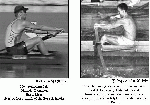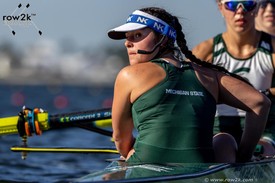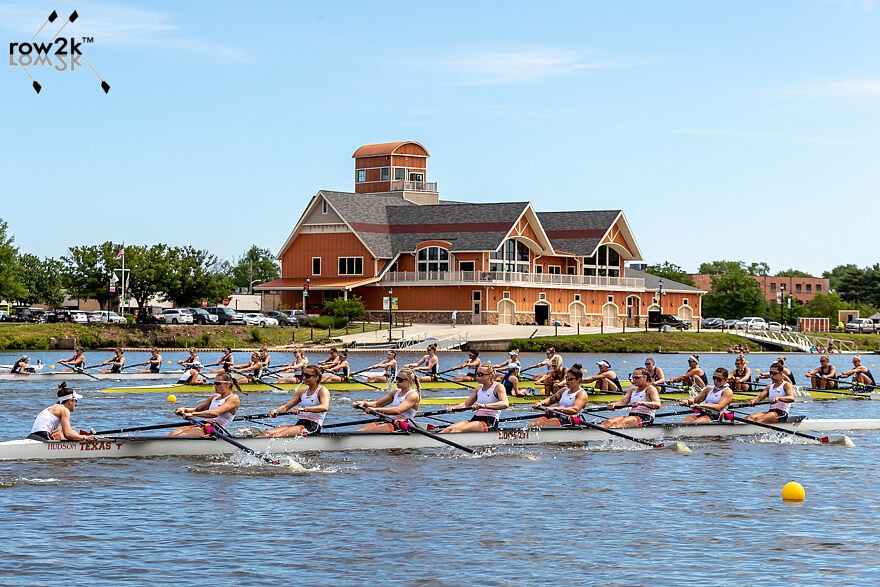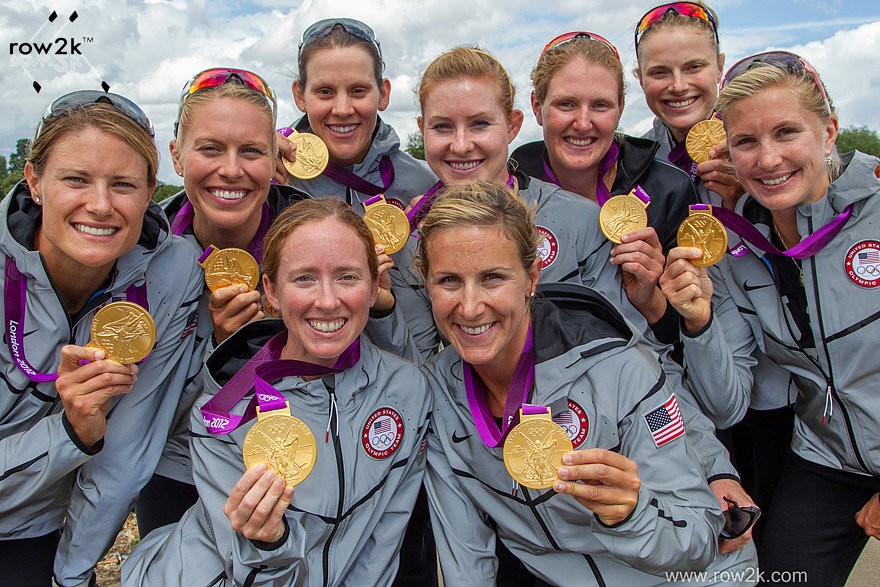The Evolution of the Rowing Stroke: Author's Note
Note: Peter's book An Out of Boat Experience is available in the row2k mall; all copies will be signed by the author, and 100% of the proceeds go to support row2k.
Author's Note:
To row2k.com readers:
I would like to thank you in advance for reading this draft excerpt from my new book, presently titled Different Strokes, What History Has to Teach the Rowers of Today.
Any history requires treating uncomfortable and controversial subjects, and a rowing history is certainly no exception. I am trying to deal with issues and personalities with fairness, tact and sensitivity, and to present both sides when appropriate. I have made progress, but the job is not over. This excerpt and those that will follow on row2k in the coming months are preliminary drafts. Everything is tentative. Nothing is etched in stone. I have already changed almost everything at least once, and nothing would please me more than to change things again and again, as many times as it takes to get it right.
I have chosen the following format to categorize rowing technique in my book:
Shin angles at the catch and body angles at the catch and finish are measured in degrees from vertical (0°), using a protractor on the computer screen. For shins, beyond vertical is positive, and less than vertical in negative. Body swing forward is positive. Layback is negative.
The beginning of the stroke is arbitrarily assigned the time value 0 and the end the time value of 10.
I have carefully superimposed individual film frames upon one another to ascertain the beginning and ending of the leg, back and arm effort and the beginning and ending of the leg, back and arm motion, which is often different, and then expressed them on the 0-to-10 time scale.
A rowing stroke can then be summarized as follows: -10°, +45° to -30°, 0-9, 0-10, 5-10, which means that in this hypothetical case:
- leg compression brought the shins within 10° of vertical at the catch.
- body swing was from 45° forward of vertical to 30° past vertical.
- leg effort began at the catch, and leg motion ended 90% through the stroke.
- back effort began at the catch, and back swing ended at the finish.
- arm effort began half-way through the stroke, and arm draw ended at the finish.
You will find the manuscript loaded with footnotes for two reasons: 1) I am still gathering information and need to keep track of my sources, and 2) I want no one to imagine that my conclusions are only figments of my imagination. They are based on documented sources, but if you perceive that I have not treated any subject fairly or accurately or if you think I am just plain wrong, fill me in on your point of view so I can rectify my mistake. I just may agree with you in the end. Early in my research, I realized I began this project knowing next to nothing about rowing history, and I’m still learning every day, so educate me!
An excerpt is, by definition, taken out of context. Here is some background on the chapter on the 1948 Olympic Champion coxed-four:
Al Ulbrickson was the legendary coach of the University of Washington crew during the 1930s, ’40s and 50s. His 1936 crew won the 1936 Olympic Gold Medal.
George Pocock built virtually every shell in every American boathouse in the mid-20th Century. He was the spiritual godfather to virtually every coach in the United States for more than sisty years.
Hiram Conibear was the first great coach at the University of Washington. After his death in 1917, the stroke that he taught was passed down through three generations of Washington graduates who became coaches at virtually every major program in the United States.
Please feel free to fact-check the manuscript, to correct my grammar and spelling if you like, to offer additional information and sources, books, photos, films, or just make specific criticisms or suggestions, whatever strikes your fancy. I will share some of your responses on row2k.com and acknowledge everyone’s contributions in the book in its final form.
My email address is [email protected], and the rest of my contact information is available on www.rowingevolution.com.
I want to make this book a significant contribution back to the rowing community which has supported me for nearly half a century, and with your continuing help, I am confident that I will succeed.
Many thanks in advance for your critical contributions. I’ll look forward to hearing from you.
Respectfully,
Peter Mallory
If you enjoy and rely on row2k, we need your help to be able to keep doing all this. Though row2k sometimes looks like a big, outside-funded operation, it mainly runs on enthusiasm and grit. Help us keep it coming, thank you! Learn more.
- Bont Rowing
- Calm Waters Rowing
- Concept 2
- Craftsbury Sculling
- The Crew Classic
- CrewLAB
- Croker
- Durham Boat Co.
- Empacher
- Faster Masters
- Filippi
- Fluidesign
- h2row.net
- HUDSON
- Live2Row Studios
- Nielsen-Kellerman
- Oak Ridge RA
- Peinert Boat Works
- Pocock Racing Shells
- Race1 USA
- RowKraft
- Rubini Jewelers
- Vespoli USA
- WinTech Racing
- Bont Rowing
- Calm Waters Rowing
- Concept 2
- Craftsbury Sculling
- The Crew Classic
- CrewLAB
- Croker
- Durham Boat Co.
- Empacher
- Faster Masters
- Filippi
- Fluidesign
- h2row.net
- HUDSON
- Live2Row Studios
- Nielsen-Kellerman
- Oak Ridge RA
- Peinert Boat Works
- Pocock Racing Shells
- Race1 USA
- RowKraft
- Rubini Jewelers
- Vespoli USA
- WinTech Racing
















